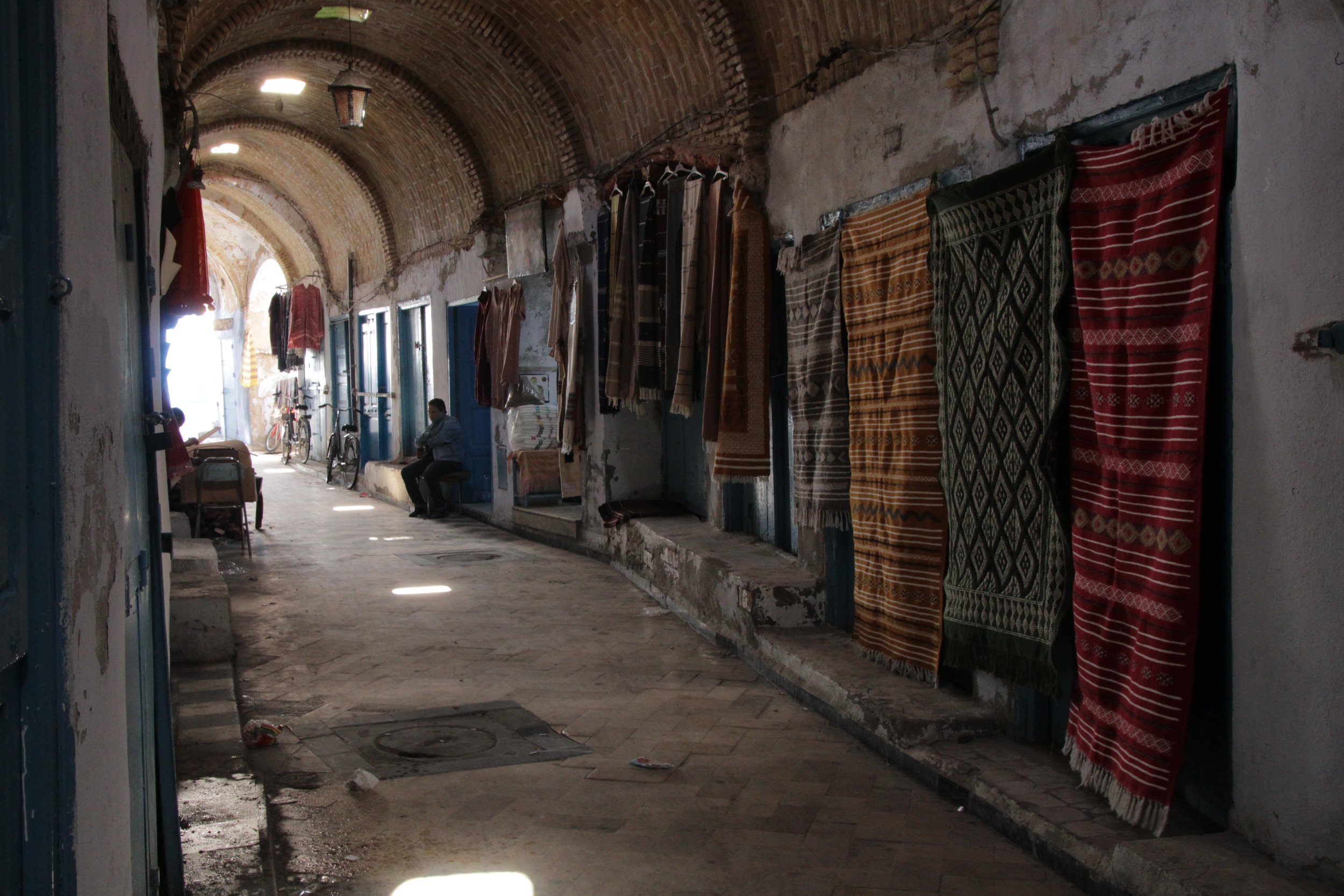The degree to which a nation or a people hang onto their cultural characteristics, particularly those they developed in antiquity, often determines their interest as a travel destination. This is something I’m constantly thinking about as the whole of the developed world tries to bring the whole of the developing world into modernity and abundance as fast as politically possible; that is to say, not very fast. Describing the effects of colonialism on traditional culture, history podcaster Dan Carlin from the beloved Hardcore History program suggests that one of the reasons it was so hard to resist colonization was that after being introduced to European civilization, native peoples had all of the various “revolutions” that made our modern world come at them in a very short time rather than over 250 years, and that they often came “in the wrong order,” for example the internal combustion engine before road building, or representative government before something like a Reformation or the Enlightenment. So many ex-colonies, upon gaining their independence, immediately became dictatorships in part because the general population didn’t have 200 years of studying political philosophy under their belt.
PICTURED: Old to new: a former-fondouk, or caravanserai turned art studio.
To continue my earlier point, the degree which these industrial and political revolutions disrupted day to day traditions often determines how many travelers visit countries like them today. Ruins of past civilizations, for example here in Tunisia there are numerous, incredibly well-preserved Roman sites, or vast natural beauty, such as parts of Zimbabwe, don’t tend to be affected by the modernity of the civilization, but one of the reasons it’s so easy to enjoy oneself in a large European city is because even though everyone is on their smartphone drinking lattes, well-dressed, respectful of space, and not littering, their city tends to be like a cultural nest, with the precious eggs resting in the middle, represented by the historic center—their culture is perfectly on display, intermingled by restaurants selling the typical food, and shops selling the typical stuff.
PICTURED: If no Maghrebi put these carpets in their homes, wouldn’t it just feel even more silly to put them in yours?
To delight tourists and make money off them, most cultures will sell or display cultural elements of their past. Maybe it’s just my own over-active brain, but it all becomes a little weird and uncomfortable unless, I feel, these traditional elements have some role in their modern lives. Take for example the tourists’ penchant for going to the big sand dunes in southern Morocco or Tunisia, hiring a group of Berbers to take them walking around the desert with camels, making tents at night and sleeping under the stars etc. I know for a fact I’m over thinking it, but I can’t help but wonder if this Arabian Nights travel package is something that any of the Berber guides and camel herders actually want to be doing, or if they’d prefer to not constantly have sand in their shoes, and live in an area without supermarkets. Additionally all the trinkets they sell in the souks: the leather goods, the decorated ceramic and terracotta pottery, the djelaba clothes, the olivewood kitchen utensils, the rough-hammered bronze and silver tea sets, the colorful carpets, and the rattan-weave baskets and such, could ever be found in the average household, or if they, like us, prefer the convenience and sometimes superiority of products like these produced with modern techniques and artificial/synthetic materials.
For this reason it is imperative that the traveler attempt to immerse themselves in the populace, to strike up conversations, to travel to lesser-known locales, all aiming for those few experiences and opportunities he or she will get for the door of the everyday house to be opened to him. These are some of the experiences we remember best—connecting with the humanity of the vendor in the souk, selling his heritage to tourists. Similar to Tunisia, in Morocco I entered the house of one passerby, dressed not in desert garb and a turban, but in jeans and a North Face fleece, only to find his porch covered in dates maturing on the branch, and lined with benches draped in colorful carpets. Inside he had it all—we drank tea from glazed glass cups out of a hammered silver tea pot under the light from the colored bronze chandeliers typical of their country. We took our shoes off and placed them next to a shoe-stand equally packed with modern Adidas and ornamented leather slippers and sandals. Boy howdy the next time I went into the souk I spent a pretty penny, knowing that, in this case, the Moroccans of the Atlas Mountains were not just peddling their traditional culture for money, they were actively saying, “this is how we do it here in Morocco, maybe you’d prefer it that way.”
It’s a difficult balance for sure, to blend traditional cultural elements into increasing modernity—In Colombia I didn’t really see it, nor did I see it much in Ghana, apart from the clothing. Somewhere like Kuala Lumpur has a big city culture, and so I didn’t really see anything traditionally Malaysian there either.
None of this is said judgmentally, as always with my Dispatches these are purely observational. There are many ways to preserve one’s pre-colonial way of life that doesn’t rely on what instruments one uses around the house, or the clothing one puts on their back. Getting a grasp on what makes a Malay a Malay, or a Berber a Berber is often the most rewarding when you can do it person-to-person, which isn’t always possible, but always among the best and worthwhile experiences one can have.






